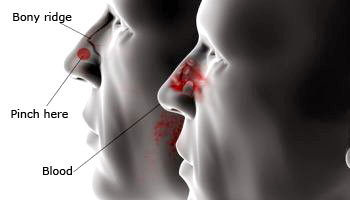 Blood loss – One of the causes for anemia
Bleeding, technically known as hemorrhaging or haemorrhaging , is the loss of blood or blood escape from the circulatory system.
Blood loss – One of the causes for anemia
Bleeding, technically known as hemorrhaging or haemorrhaging , is the loss of blood or blood escape from the circulatory system.
There are several kinds of anemia, produced by a variety of underlying causes. The three main classes of anemia include excessive blood loss/bleeding (acutely such as a hemorrhage or chronically through low–volume loss), excessive blood cell destruction (hemolysis) or deficient red blood cell production. Iron–deficiency anemia, the most common type, is very treatable with diet changes and iron supplements.All are very different in their causes and treatments.
Bleeding can occur internally, where blood leaks from blood vessels inside the body, or externally, either through a natural opening such as the mouth, nose, ear, vagina or anus, or through a break in the skin. Desanguination is a massive blood loss, and the complete loss of blood is referred to as exsanguination. Typically, a healthy person can endure a loss of 10–15% of the total blood volume without serious medical difficulties, and blood donation typically takes 8–10% of the donor′s blood volume.
Blood Loss
Red blood cells can be lost through bleeding, which can occur slowly over a long period of time, and can often go undetected. This kind of chronic bleeding commonly results from Gastrointestinal conditions such as ulcers, hemorrhoids, gastritis and cancer. Use of nonsteroidal anti–inflammatory drugs (NSAIDS) such as aspirin, menstruation and childbirth in women, especially if menstrual bleeding is excessive and if there are multiple pregnancies.